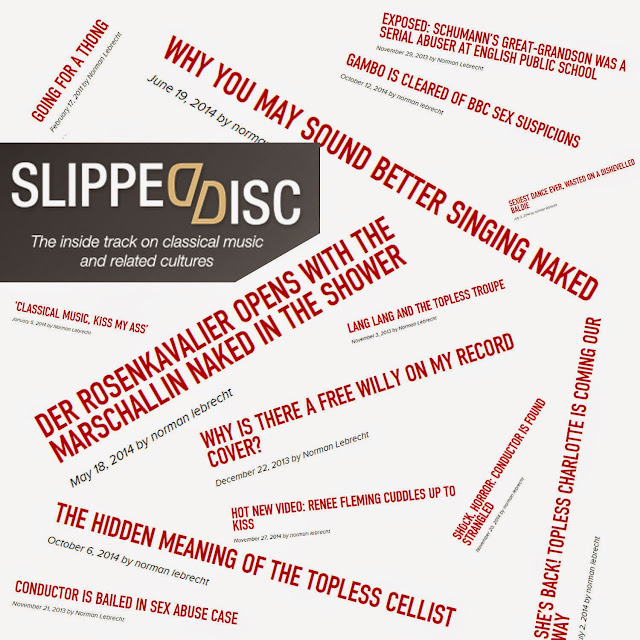Childhood luggage

'In 1939 at the age of fifteen Gert Berliner travelled on a Kindertransport to Sweden. In his luggage was his toy monkey. Gert's parents Paul and Sophie remained in Berlin. They were deported to Auschwitz in 1943 and murdered there. A few days before the deportation they wrote one last time to their son: "Chin up, with God's help we will see each other again." The postcard that Gert wrote to his parents from Stockholm in 1944 was sent back.
Gert Berliner emigrated in 1947 from Sweden to the US. He became a painter, filmmaker and photographer.'
Caption from an exhibit at the Jewish Museum in Berlin. American architect Daniel Libeskind and the museum curators have created something so profoundly moving that it defies my words or pictures. All I can say is visit it if you possibly can.

The story of the flight of children from despotism in the 20th century is particularly relevant as Christmas approaches. Here is a brief history of Kindertransport, and a viewpoint on the Jewish tragedy, taken verbatim from the Kindertransport Association web site.
The Nazi persecution of Jews started in earnest on November 9, 1938, the "Kristallnacht" (Night of the Broken Glass), when mobs destroyed synagogues, smashed Jewish stores, and beat up and humiliated Jews.
Hitler did not originally plan to exterminate Jews: he only wanted that Germany be free of Jews. The tragedy was that no country was willing to take them in, even when it was widely known what fate awaited them. For this, the world at large bears the guilt, the U.S. being one of the worst offenders. Thus the real problem facing most Jews in Central Europe was to find a country which would let them in.
 The British Jewish Refugee Committee appealed to certain members of Parliament, and a debate was held in the House of Commons. It was agreed to admit to England an unspecified number of children up to age 17. A 50 pound bond had to be posted for each child, "to assure their ultimate resettlement." The children were to travel in sealed trains.The first transport left barely six weeks after the Kristallnacht, the last, just two days before war broke out (September 3, 1939), which put an end to the program. Approximately 10,000 children had made the trip.
The British Jewish Refugee Committee appealed to certain members of Parliament, and a debate was held in the House of Commons. It was agreed to admit to England an unspecified number of children up to age 17. A 50 pound bond had to be posted for each child, "to assure their ultimate resettlement." The children were to travel in sealed trains.The first transport left barely six weeks after the Kristallnacht, the last, just two days before war broke out (September 3, 1939), which put an end to the program. Approximately 10,000 children had made the trip.When the children arrived in England, some were taken in by foster families, some went to orphanages or group homes, while some worked on farms. They were distributed throughout Great Britain (England, Scotland, Wales, Northern Ireland). Once there, they were at no more risk than the rest of the population. This was not inconsiderable since many towns were heavily bombed.
Mostly, the children were well-treated and grew up to develop close ties to their British hosts. A few were mistreated or abused. A number of the older children joined the British or Australian armed forces as soon as they reached 18, and joined the fight against the Nazis. Most of the children never saw their parents again. Of the 10,000, it is believed that 20-25% eventually made their way to the U.S. or Canada.
Web resources:
Kindertransport Associationthis link.
Jewish Museum Berlin
BBC Kindertransport page
Report broken links, missing images, and other errors to - overgrownpath at hotmail dot co dot uk
Take An Overgrown Path to The Year is '42 for a related story










Comments
My new composition for cantor, choir and instrumental ensemble -
ILLUMINATING ALEPH
- will be premiered on December 10th! It is part of the project
KAVANAH: TRADITION AND TRANSFORMATION IN CANTORIAL MUSIC
- DAVID PORCELIJN, conductor
- ALBERTO MIZRAHI, cantor
- CAPPELLA AMSTERDAM, choir
- INSTRUMENTAL ENSEMBLE (ud, guitar, harp, violin, cello, double bass, piano, percussion)
- CHAIM N. BIALIK, text (THE POND, 1908)
CONCERTS:
Dec. 10, 2005, 8:30 pm - Korzo Theater, Den Haag
Dec. 11, 2005, 8:30 pm - Korzo Theater, Den Haag
Dec. 15, 2005, 8:30 pm - Synagogue, Groningen (PRIME foundation)
Dec. 17, 2005, 8:30 pm - Muziekgebouw aan 't IJ, Amsterdam
Dec. 18, 2005, 8:30 pm - Theater Kikker, Utrecht
Dec. 21, 2005, 8:30 pm - Arminiuskerk, Rotterdam (Lantaren/Venster on location)
Dec. 22, 2005, 9 pm - De Toonzaal, Den Bosch
This piece is about the concept of knowing. The Hebrew phrase ANI IODEA, or I KNOW, is central to the piece and to the poem of Chaim N. Bialik which I use. The Hebrew letter ALEPH is the only letter that makes no sound of its own in a word, yet from it all other letters derive their sounds and meanings. In the piece there is much simplicity and silence. This illustrates how it is only when we are at our most quiet (like the ALEPH), and when we truly stop and listen, that we can receive the wisdom (or ILLUMINATION) of the Divine and finally understand how we fit into the universe.
Other pieces on the program were written by: Weisser, Schoenberg, Weill, Rossi, Ganchoff, Koussevitzky, Kussevitsky en Bensoussan.
For more information about the piece: www.lann.dds.nl/bio.htm
For more information about the concert dates and links to the sites of the performers: www.lann.dds.nl/events.htm
For more information about reserving tickets: www.cappellaamsterdam.nl and www.korzo.nl
For more information about cantorial music: http://en.wikipedia.org/wiki/Jewish_music#Cantorial_and_synagogue_music
This work was made possible through financial support from the Fonds voor de Scheppende Toonkunst.
I hope that you can be there!
- Vanessa Lann